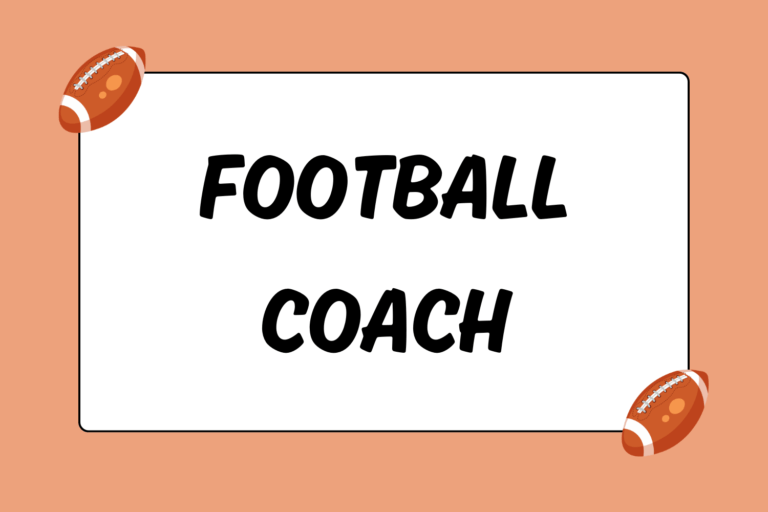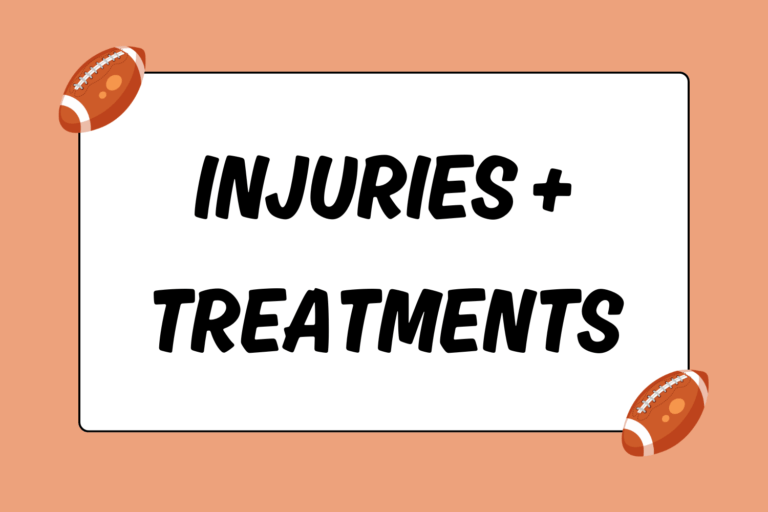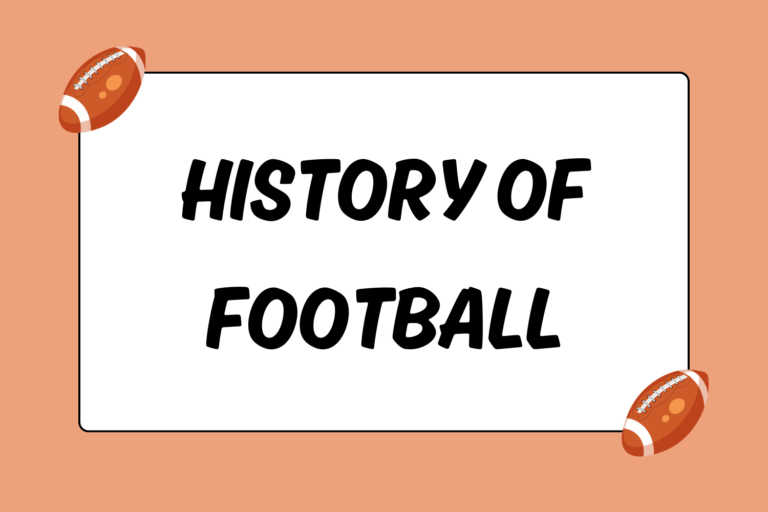It’s occasionally said by media personnel covering the sport of football (usually when they’re interviewing a current or former lineman in the studio), but it bears repeating here: Linemen are the most underappreciated, hardest-working football players on any team.
That’s not to make light of the contributions of the other players; a successful team needs every player to work hard and dedicate themselves to being the best football players possible. Still, without talented linemen on both sides of the ball, it’s nearly impossible to win a game.
Because linemen are such important players, any savvy connoisseur of the game should be able to explain the differences between O and D linemen in general and the specific different lineman positions on each side of the ball. Here’s an overview of the linemen on both sides of the ball, starting with the offense.
Offensive Line: A Breakdown
There are five players, in three different positions, that make up the offensive line:
Center:
The center is the lynchpin of the O-Line, both because that player is in the exact middle of the offensive line and because they are often the unofficial leader of the O-linemen. The center’s most important responsibility is to snap the football at the correct moment to begin a play. They will also coordinate specific blocking assignments to the other O-linemen while lined up.
Guards:
There are two guards, stationed on either side of the center, who are mostly responsible with handling the middle area of the LOS (line of scrimmage). Because the center’s first obligation is to effectively snap the ball, the guards need to be ready to provide blocking assistance should a defender attack the center’s position.
Also, it’s common for one or both guards to ‘pull’ and block a defender outside the box (the area of the field between the O-tackles and approx three yards in front of and behind the LOS) on certain run plays. As soon as the ball is snapped in these situations, the guard(s) will immediately turn to the sideline where the running back is headed and block any pursuing defender. Because of this responsibility, guards must be capable of periodic bursts of speed and agility.
Tackles:
There are two tackles who play on the outside of the O-line and have the very difficult task of controlling the edge of the box. Tackles also have to block defensive-ends—defensive players who are normally faster than other linemen — which requires them to be faster than other O-linemen.
On passing plays, the tackles are responsible for maintaining the edges of the pocket — the space behind the O-line where the quarterback makes most passes from — which means they have the most field to cover to maintain the security of that area.
The Task
The O-Line is almost always arranged with the center in the middle, the guards on each side of the center, and a tackle outside of each guard. As a group, their job is to either create a space for the ball carrier (usually a running back, but sometimes the quarterback) to run through or to protect the quarterback when he/she is dropping back to throw a pass. The center and guards are sometimes referred to as ‘interior linemen,’ as they’re responsible for managing the inside portion of the box.
Each O-lineman has different individual blocking responsibilities for each play. If each lineman successfully does their job, the resulting blocking scheme is designed to effectively prevent the defense from disrupting the play being run.
Of course that doesn’t happen every time a play is executed, mainly because the O-linemen don’t know exactly where the defense is going to attack. Sometimes the defense will have several players quickly attack the same spot of the O-line or they may attack with more players than there are O-linemen (both of which are called blitzes), which can make it very difficult for the O-linemen to effectively do their jobs.
Defensive Line: A Breakdown
The D-Line is the first wave of attack that the defense sends in to disrupt the offense’s play. Although the number of D-linemen varies depending on the team’s defensive scheme, the most common D-line formation use four players arranged across from the O-line. Here’s a breakdown of each position in the D-Line:
D-Tackle:
There are two D-tackles that make up the interior of the D-Line; they usually line up across from the guards, the center, or the center-guard and guard-tackle gaps. It is their responsibility to attack the inside of the box, mainly to prevent run plays from coming up the middle of the LOS. They’re also in the unique position of being the defensive players that are closest to the ball, which means that they usually have the first chance at successfully disrupting the offense from gaining yards.
D-End:
The two players on the end of the line are almost always the D-Ends, and usually they line up slightly outside, or across from, the O-tackles. D-ends are usually smaller and faster than D-tackles (and O-linemen), and they use their speed to try and disrupt the offensive play by outmaneuvering the O-tackles.
D-ends are also responsible for containing the areas of the field near the LOS but outside the tackle box. Depending on the situation, this means the D-ends could end up dropping into pass coverage or sprinting as fast as possible to get around the O-tackles and into the backfield.
The Task
The job of all defensive players is to prevent the offense’s current play from being successful. For D-linemen, this usually means making it past the O-line and into the backfield as quickly as possible — either to stop the running back from advancing the ball on a run play or to keep the quarterback from completing a pass.
Whereas O-linemen want to make and keep contact with defensive players as quickly as possible, D-linemen want to avoid contact with O-linemen altogether. The less interference from the O-line, the easier it is for D-linemen to get to the ball carrier.
O-Linemen vs D-Linemen
A noticeable difference between O and D linemen is that O-linemen have to be locked into place for at least one second prior to the ball being snapped. D-linemen, on the other hand, have no such restrictions. It’s very common to see D-linemen moving before the ball is snapped—and still moving when it is snapped. They will constantly change position and shuffle around in order to keep the O-line guessing about where they’re going to attack.
The Big Difference?
Again, O and D-Linemen are very similar in a number of ways:
- Both groups are made up of big, strong players that look very similar in terms of physical appearance
- Both play right over the LOS
- Both play right over the LOS and they’re both the strongest players on their respective teams
- Both are also responsible for playing the hardest, most physically demanding, and damaging positions in the game of football
The main difference between O and D linemen can be boiled down to their respective main objectives: O-linemen want to get in the way of defensive players, and D-linemen want to make it past offensive players as fast as possible. The only offensive player the D-linemen want to contact is the ball carrier — in the form of a good tackle. Differences aside, both groups of players have a very difficult job.





